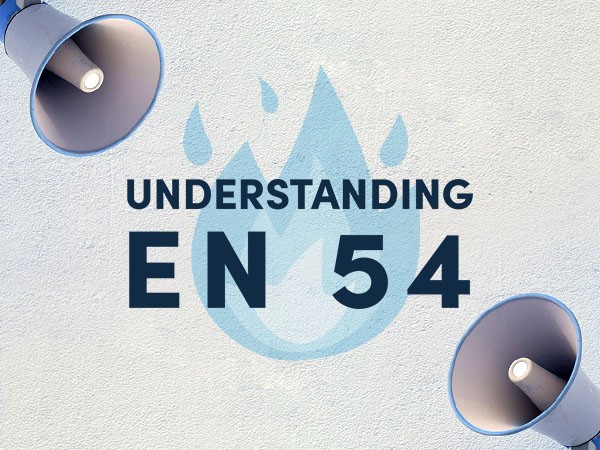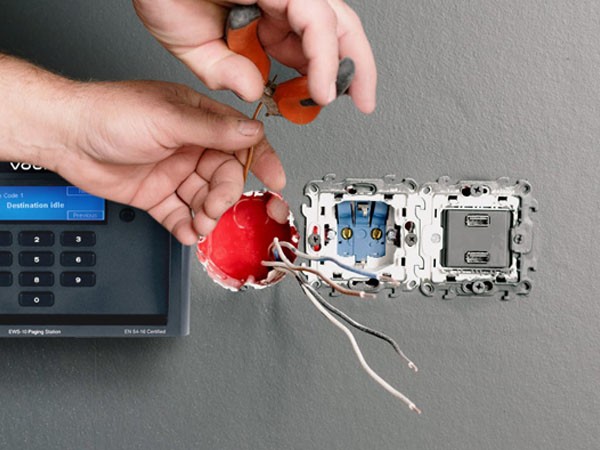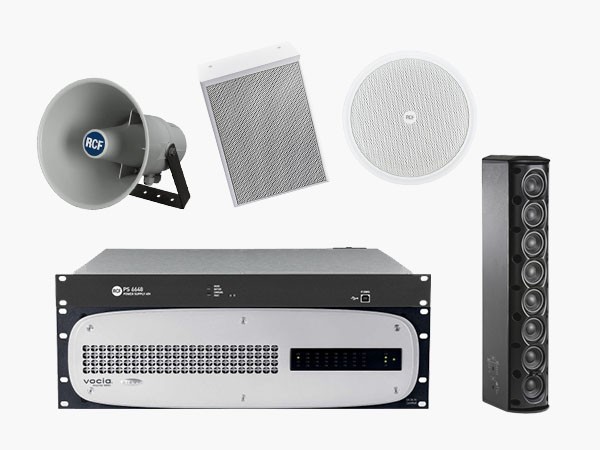Understanding EN-54 for Voice Alarm Systems
Posted on: 10th June 2021
Nobody likes fire alarms. They're shrill, noisy, and for the most part, the only time we experience one is when the toaster is set too high or someone wants to work outside for the afternoon.
However, like some of the more annoying things in life - traffic lights, seatbelts, the Bee Gees - fire alarm systems save lives. This is why there’s a lot of rules and regulations governing the design of fire safety equipment. In Europe, this is known as EN 54 (for UK only use this is amended to BS EN 54).
EN 54 describes the minimum quality standards required for fire alarm systems, from smoke detectors and visual indicators to amplifiers and speakers; this ensures that life safety systems function clearly and reliably during emergencies. For example, voice alarms, which deliver pre-recorded spoken messages instead of a siren, are covered by two specific parts of EN 54 [EN 54-16, EN 54-24].
Research shows voice alarm systems are more effective than traditional sirens, with the ability to provide instructions and directions to evacuees [Huiyang Li et al. 2007 – Voice alarm systems].
EN 54-16
EN 54-16 describes the standards required for voice alarm controls and indicating equipment like amplifiers and mixers which output voice alarm media to speakers. Equipment dedicated to delivering voice alarm media may also need to pass the EN 54-4 standard for ‘power supply equipment’ to ensure no loss of power in the event of an emergency.
EN 54-24
EN 54-24 describes the minimum acoustic and construction requirements for loudspeakers designed to deliver voice alarm messages during an emergency.
BS 5839-1
Finally, in order to ‘design, install and commission’ an EN 54 compliant system, contractors need to comply with BS 5839-1; this standard provides recommendations for the design and maintenance of systems in non-domestic premises.
Keep scrolling to see a list of EN 54 standards and what they cover; alternatively, you can purchase and download the full codes of practice for EN 54 and BS 5839 from the British Standards Institute website. To find out more about fire safety equipment or talk to our tech team about your projects give us a call on 01525 850085 or email sales@leisuretec.co.uk.
All BS EN-54 Standards
-
BS EN 54-1:2011 - Introduction
-
BS EN 54-2:1997+A1:2006 - Control and Indicating Equipment
-
BS EN 54-3:2001 - Fire alarm devices: sounders
-
BS EN 54-4:1998 - Power supply equipment
-
BS EN 54-5:2001 - Heat detectors: Point detectors
-
BS EN 54-7:2001 - Smoke detectors: point detectors using scattered light, transmitted light or ionization
-
BS EN 54-10:2002 - Flame detectors: point detectors
-
BS EN 54-11:2001 - Manual call points
-
BS EN 54-12:2002 - Smoke detectors: line detectors using an optical light beam
-
BS EN 54-13:2005 - Compatibility assessment of system components
-
BS EN 54-16:2008 - Voice alarm control and indicating equipment
-
BS EN 54-17:2005 - Short-circuit isolators
-
BS EN 54-18:2005 - Input/output devices
-
BS EN 54-20:2006 - Aspirating smoke detectors
-
BS EN 54-21:2006 - Alarm transmission and fault warning routing equipment
-
BS EN 54-22:2015 - Resettable line-type heat detectors
-
BS EN 54-23:2010 - Fire alarm devices. Visual alarm devices
-
BS EN 54-24:2008 - Components of voice alarm systems: Loudspeakers
-
BS EN 54-25:2008 - Components using radio links
-
BS EN 54-26:2015 - Point fire detectors using carbon monoxide sensors
-
BS EN 54-29:2015 - Multi-sensor fire detectors – Point detectors using a combination of smoke and heat sensors
-
BS EN 54-30:2015 - Multi-sensor fire detectors – Point detectors using a combination of carbon monoxide and optionally heat detectors
-
BS EN 54-31:2014 - Multi-sensor fire detectors – Point detectors using a combination of smoke, carbon monoxide and optionally heat sensors
See also:




